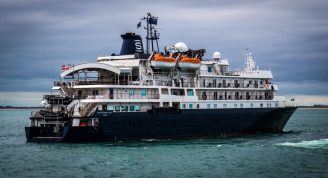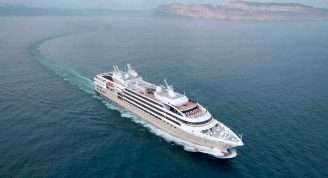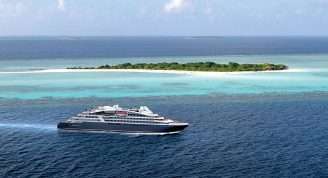Description
Welcome to Aurora Expeditions’ Myths of The Mediterranean
Embark on an epic journey through legendary kingdoms, mythical lands and ancient sites as we explore Greece, Turkey, Montenegro, Croatia, Italy and Sicily. Discover tales of all-powerful gods and heroic figures in Greece and hear tales of the opulent communities of ancient Athens, Ephesus, and Pompeii. Immerse yourself in the rich folklore of Montenegro’s waterfront villages and uncover stories of political fervour and island communities in Croatia. Witness Italy’s enduring legacy of Sicilian feuds, piratic treasures, and the tumultuous reigns of dictatorial Roman emperors. This voyage promises experiences as diverse and captivating as the tales that have shaped these lands. Join us as we navigate these enchanting stories, to uncover enough intriguing titbits and inspiring trivia to last a lifetime.









